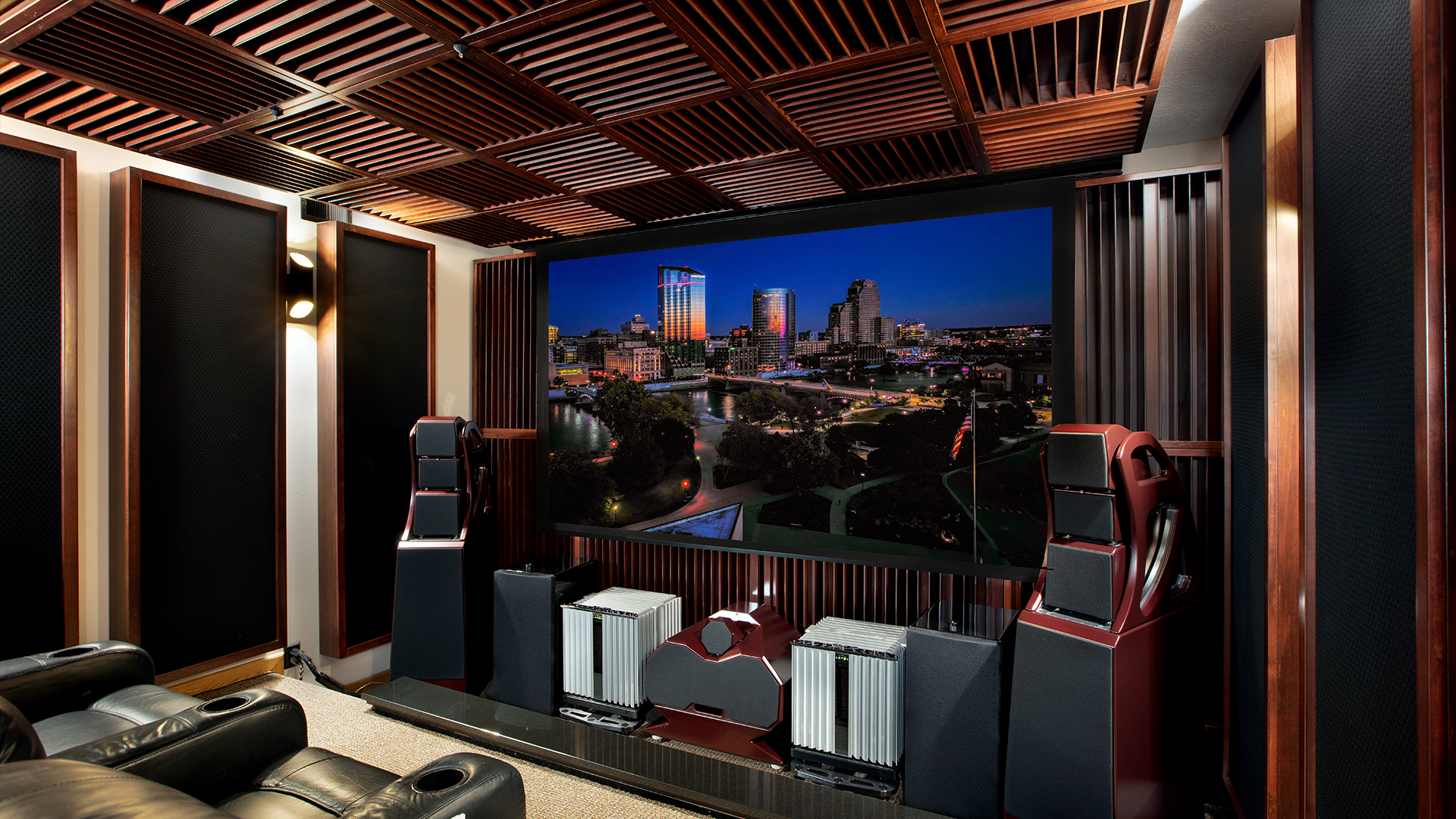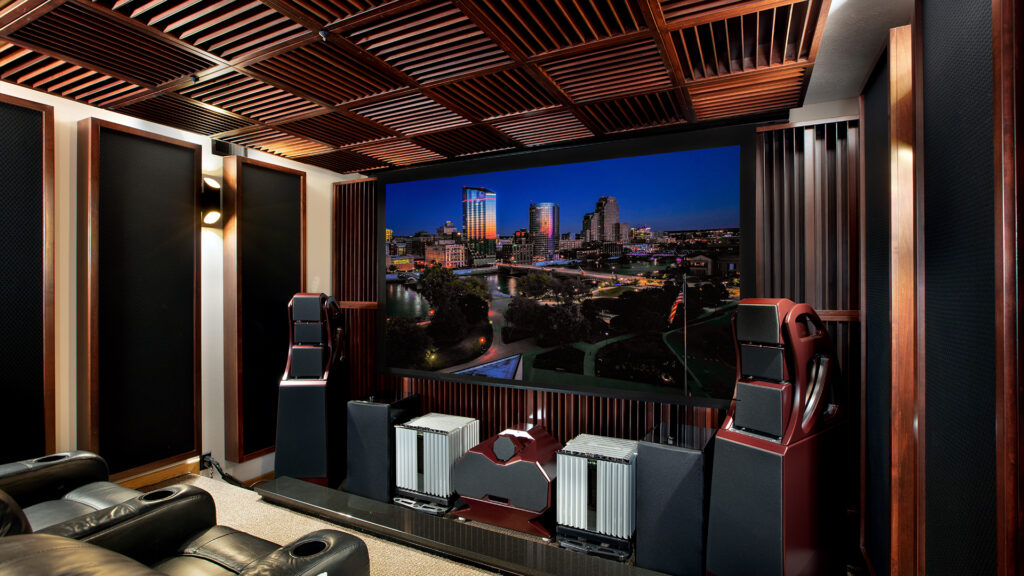
Table of Contents
Introduction
Home theater wall decor is a loaded question. What qualifies as decor may not and usually isn’t acoustically friendly. Any home theater wall decor must have an appropriate appearance but must also perform acoustically. Absorption and diffusion technologies can be made pretty, but they must work. We have two acoustical treatment options for any home theater wall decor.
We have absorption and diffusion. Absorption is used to reduce the strength of certain frequencies within the room. Diffusion is a technology to reduce the impact of surface reflections. Absorption technology can involve fabrics with numerous color and texture options. Diffusion is a technology that is made of wood and can not be covered with a fabric.
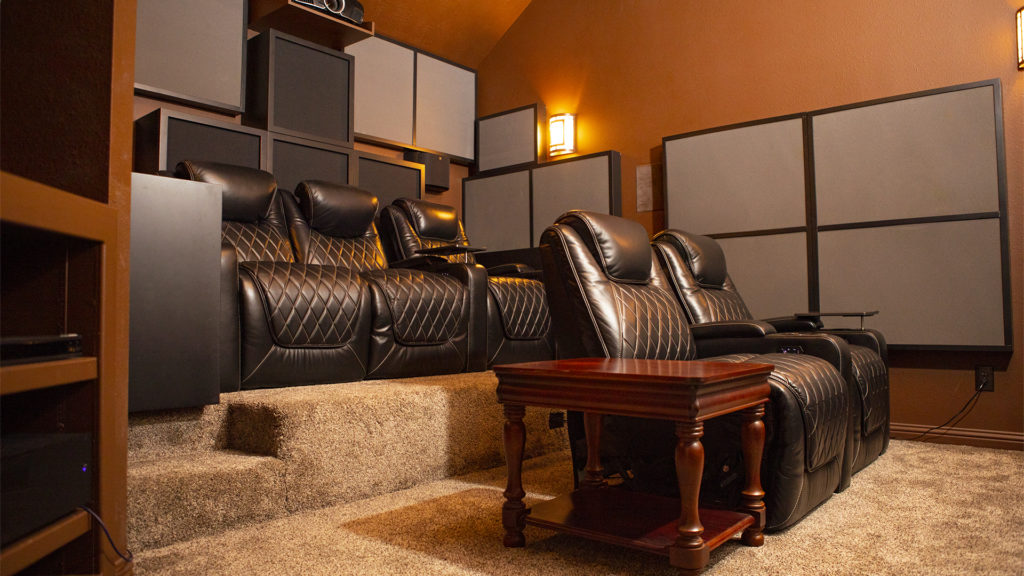
Balancing Absorption and Diffusion
Home theater wall decor must have both absorption or diffusion functions. Managing energy inside a home theater requires that we use a pressure based absorption technology along with a middle and high frequency absorption technology. Every surface area within a theater will have to be treated with either absorption or diffusion if you are serious about hearing the music and voice involved with movie soundtracks.
We will have to decide which surface area gets this or that treatment type. We must look at the usage of the room. What will they be doing within the room that is voice or music.We must look at the room size as our starting point.
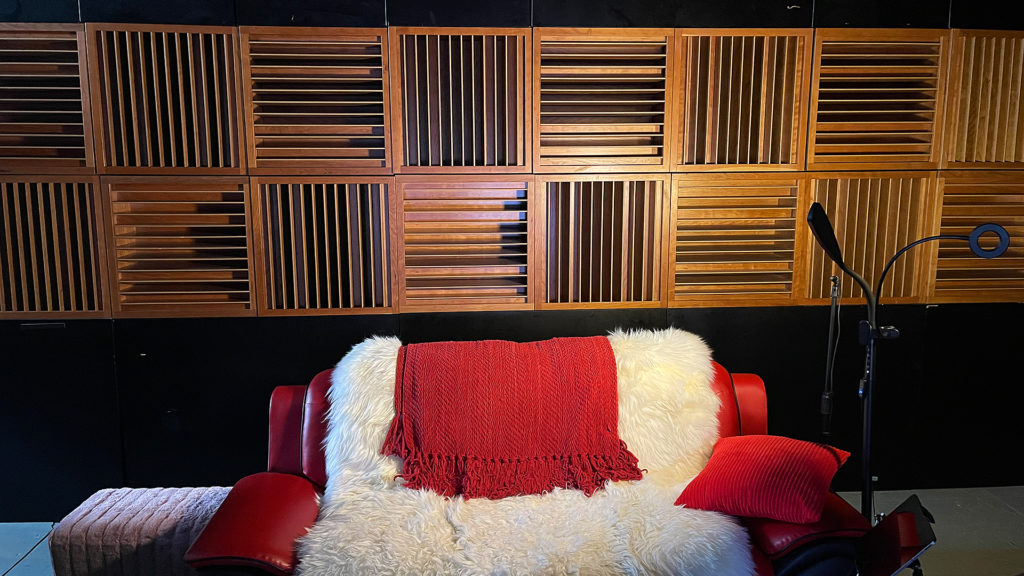
Optimizing Room Dimensions
Every room dimension contributes to some type of acoustical distortion. Small dimensions are not long enough to allow for low frequency energy to fit. One must take the intended usage of the room. A drum room is different from a vocal room. The volume of the room (LxWxH) is a large factor for lower frequency energy issues. You must match the width, height, and length to your usage.
You then decide what instruments or voices are to be used within the room. After you have quantified and qualified all of the energy producing sources within the room, you then design the appropriate acoustical treatment types to deal with the low, middle, and high frequency issues. One must start with getting the room as quiet as it can be based upon the available space and the budget.
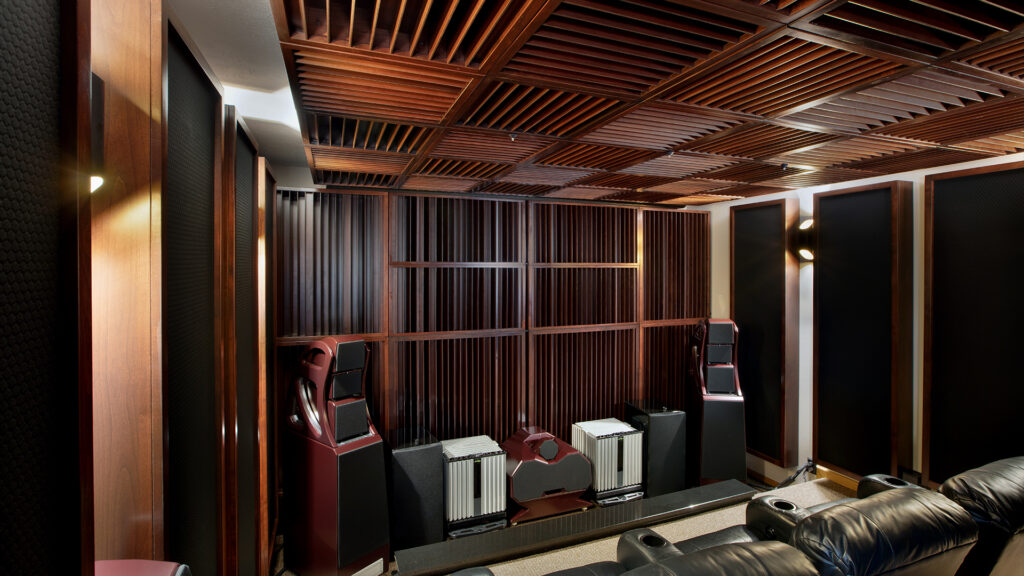
Building Permanent Barriers
Noise isolation is a permanent construction build. There are no “noise panels” that one can hang on the wall to minimize noise transmission. Noise is like water. It will find the weakest link within the structure and go through that weakest. All noise is measured for frequency and amplitude over seven days. This gives us a weekly picture of noise levels. We will want to do the barrier design to minimize noise transmission on the loudest day measured.
If we build for the maximum pressure (loudest) day, the quietest days will fall into place. One you have noise numbers, you can then select the materials needed to stop the measured noises. Noise issues below 125 hz. are more space and material intensive than noise transmissions above 125 hz. Once the room is made quiet, we can now focus on the energy that stays within the room. At Acoustic Fields we can assist you with the taking of noise numbers.
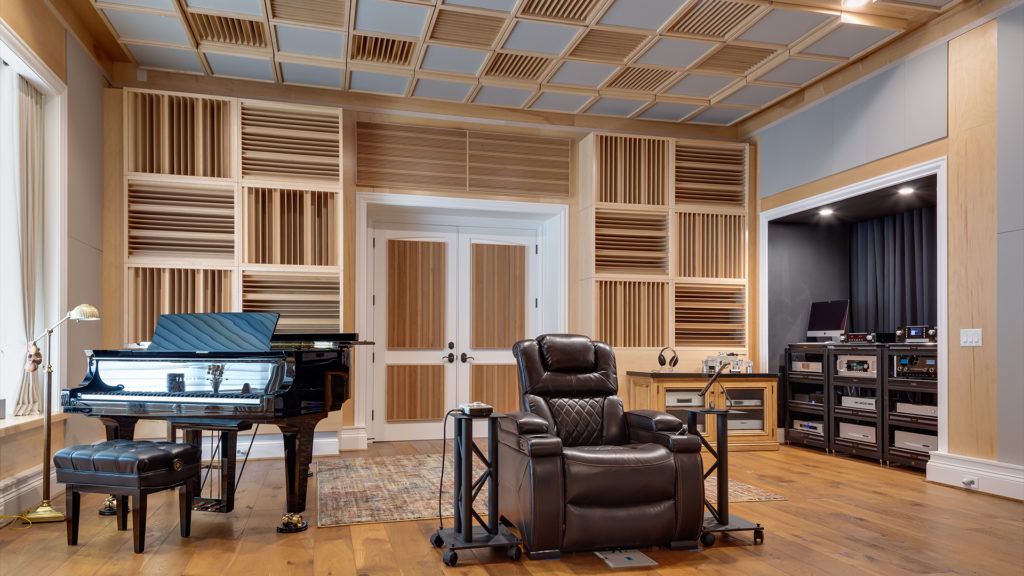
Utilizing Absorption and Diffusion Technologies
We treat all frequency issues within any critical listening environment with only two technology types. We have sound absorption technologies along with sound diffusion technologies. Sound absorption technologies work like sonic “sponges”.
They absorb extra energy that is inside the room. If you reduce the amount (strength) of the energy at certain frequencies within the room, you have less acoustical distortions to deal with. Once you get the energy levels throughout the room balanced meaning the same in every part of the room, you can then add diffusion. Diffusion is a technology to make a smaller room sound larger. It is an element of the science of Psychoacoustics.


